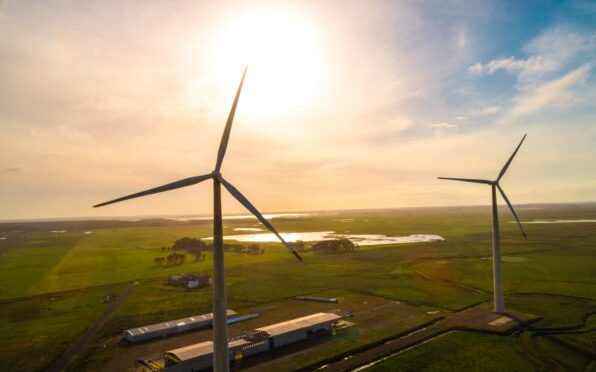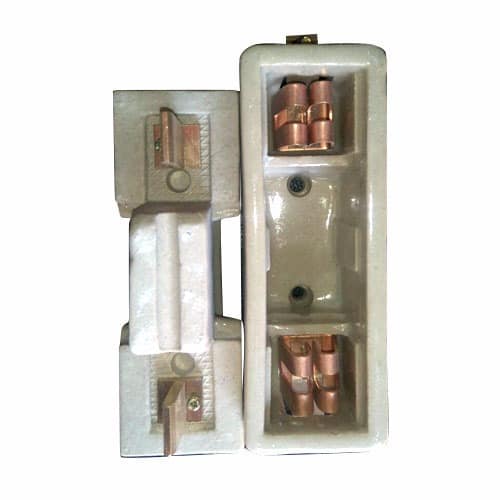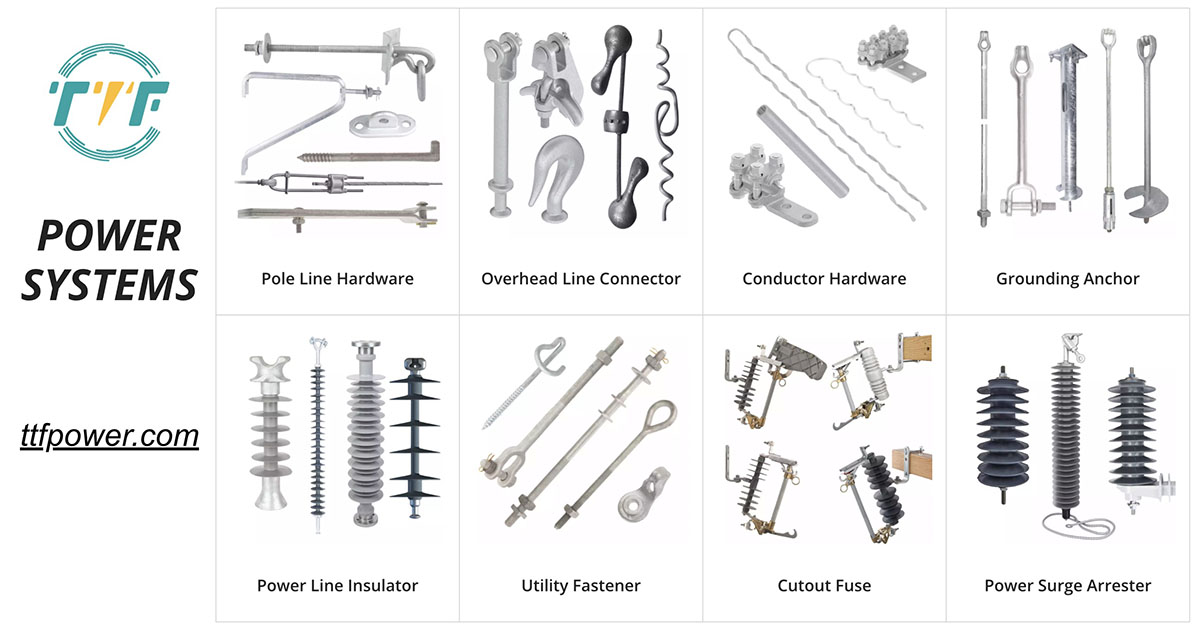
The Kairos Wind Park by the Darby International Capital was recently inaugurated in Brazil to enable energy sustainability. The wind park has a capacity of 112.5 MW generated by 25 wind turbines. This energy is enough to supply to the city. All the turbines were manufactured in Aquiraz, strengthening the local industry and consolidating the region as a hub for wind power equipment production. The wind park contributes to Brazil’s renewable energy goals, economic growth, and environmental sustainability. The project leverages the abundant wind resources to support Brazil’s transition to a more resilient energy system. The wind park also increases Brazil’s installed wind energy capacity, contributing to Brazil’s goal of expanding renewable energy sources. This also supports Brazil’s commitment to the Paris Agreement and targets for reducing greenhouse gas emissions. A cutout fuse protects wind farms electrical infrastructure.
Wind farms in Brazil need a robust distribution network to transfer electricity from turbines to substations. A cutout fuse protects transformers and overhead distribution lines by isolating faulty sections. It ensures safe operation, reduces equipment damage, and reduces downtime in case of electrical faults. Cutout fuses help maintain grid stability by disconnecting only the affected section during a fault. This is crucial in remote wind farms in areas where rapid repairs are challenging. The fuses also prevent damage from lightning-induced surges to protect wind turbines and related electrical infrastructure. Cutout fuses protect transformers, maintain grid reliability, and prevent lightning damage in Brazil’s wind farms.
Importance of a cutout fuse in Brazil’s wind park development
A cutout fuse is a crucial component in electrical systems, including those used in Kairos Wind Park in Brazil. The fuse serves as a protective device to ensure the safety, reliability, and efficiency of the electrical infrastructure. They protect critical equipment, enhance grid stability, and support the integration of wind energy into the national grid. They are cost-effective, durable, and easy to maintain. Here’s the importance of a cutout fuse in wind park development in Brazil.

- Overcurrent protection—a cutout fuse is able to interrupt electrical circuits in the event of overcurrent. This prevents damage to transformers, cables, and other equipment in the wind park.
- Transformer protection—cutout fuses are installed on the primary side of distribution transformers to protect them from overcurrent. This ensures the continuous operation of the wind park and prevents disruptions in power generation.
- Grid stability and reliability—a cutout fuse helps maintain grid stability by isolating faults and preventing them from spreading to other parts of the electrical network.
- Ease of maintenance and replacement—cutout fuses are simple to replace when they blow due to a fault. This reduces downtime and maintenance costs for the wind farms.
- Renewable energy integration—integrating renewable energy into the grid—needs robust electrical protection systems. The cutout fuse plays a crucial role in ensuring the smooth integration of wind-generated electricity.
- Reducing environmental impact—a cutout fuse helps reduce the environmental impact of wind park operations. This aligns with Brazil’s commitment to sustainable development and reducing the environmental footprint of its energy sector.
Challenges faced during the Kairos Wind Park development
The development of the Kairos wind park in Brazil by Darby International Capital may have faced several challenges. The challenges may span financial, technical, regulatory, environmental, and social aspects. Overcoming these challenges may have involved careful planning, community engagement, and innovative solutions. The following are the potential challenges faced during the development of the wind park in Brazil.

- Permitting hurdles—obtaining the necessary permits and approvals from government agencies can be complex in Brazil. Working closely with local authorities and engaging legal authorities could help navigate the permitting process.
- Grid connection and infrastructure limitations—integrating a large-scale wind park into Brazil’s existing grid infrastructure can be challenging. Grid connection delays can hinder the project’s ability to deliver electricity to consumers.
- Climate and weather risks—Brazil faces extreme weather events like heavy rains and strong winds. These can disrupt the construction and operation of the wind farms.
- Supply chain—sourcing and transporting wind turbines, blades, and other equipment can be challenging. This can delay construction and increase costs.
- Operational and maintenance challenges—maintaining wind turbines in remote locations can be challenging and costly. High maintenance and operational costs can affect the project’s profitability.
